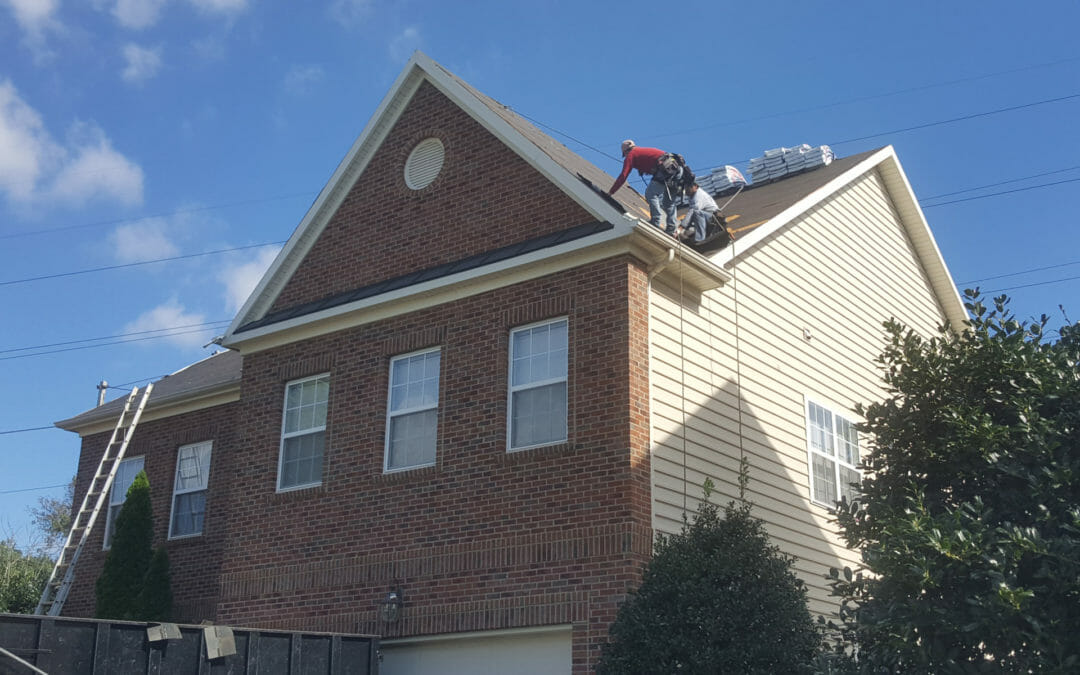When it comes to reselling your home, curb appeal is one of the most significant considerations. An aesthetically pleasing property is far more likely to attract potential buyers. However, aesthetics shouldn’t be the only factor informing the exterior design of your home, particularly when it comes to your roof. If you choose materials that look amazing but have no functional value, you’re inconveniencing yourself.
For instance, a low maintenance roof can be attractive to buyers when they realize that they won’t have to worry about cleaning, repairing, or replacing shingles. Similarly, easily installable materials will make any future maintenance a snap. Here are four additional factors to consider for your residential roofing.
Longevity
A roof is a lifetime investment. When done correctly, it is a singular purchase that lasts for as long as you stay in the home. To ensure you’re choosing the right materials that can stand the test of time, let’s explore some of the best choices with the help of experts from Roofing contractor AWS Restorations.
Metal, slate, and tile are the most reliable options when it comes to handling harsh weather and minimizing wear and tear. Because of their durability, these shingles are not as susceptible to high winds or cracking, which, for instance, asphalt tiles are prone to. Homeowners can find warranties for these shingles ranging from 50 years to lifetime deals.
Weight
The weight of the shingles is an essential factor when gauging their installation. If improperly measured, you can find yourself with a heightened risk of a collapsed roof. While it is unlikely that a roof would collapse for no reason, heavy roofs are vulnerable during earthquakes and fires.
Per 100 square feet, the lightest shingles are made of aluminum and weigh between 45 and 70 pounds. Steel options range from 80 to 150 pounds while asphalt tips the scales at 375 to 325 pounds. Finally, wooden shingles average 350 pounds, concrete averages 575 pounds, and clay tops the charts at 1,200 pounds.
Energy Efficiency/Eco-Friendliness
Energy-efficient roofs can reflect solar radiation and retain heat or cold air inside the home. Furthermore, it reduces overall expenses with lower maintenance and repair costs, as well as reduced carbon impact. When you want the best of both worlds, metal roofing is the way to go.
Energy Star has certified metal roofing as an energy-efficient option, and homeowners are eligible for a $500 tax credit if they add a “cool” metal roof. Shake, slate, and clay shingles are also worth consideration. If you have a progressive vision for your home, go with a green roof that uses grass and plants to cover rooftops, both functional and visually attractive.
Cost
The price tag can be the most influential factor when it comes to determining what type of roof you purchase. On the cheapest end, asphalt shingles cost $100 to $150. Other options like cedar, metal, clay, and slate are all significantly more expensive.
Remember, cost does equal quality. Cheaper materials often require more maintenance and repairs as well as earlier replacement. Asphalt shingles are no exception to the rule. While metal, slate and the other higher-end options may seem expensive now, they can pay for themselves over the lifetime of the warranty.



 (703) 426-4000
(703) 426-4000